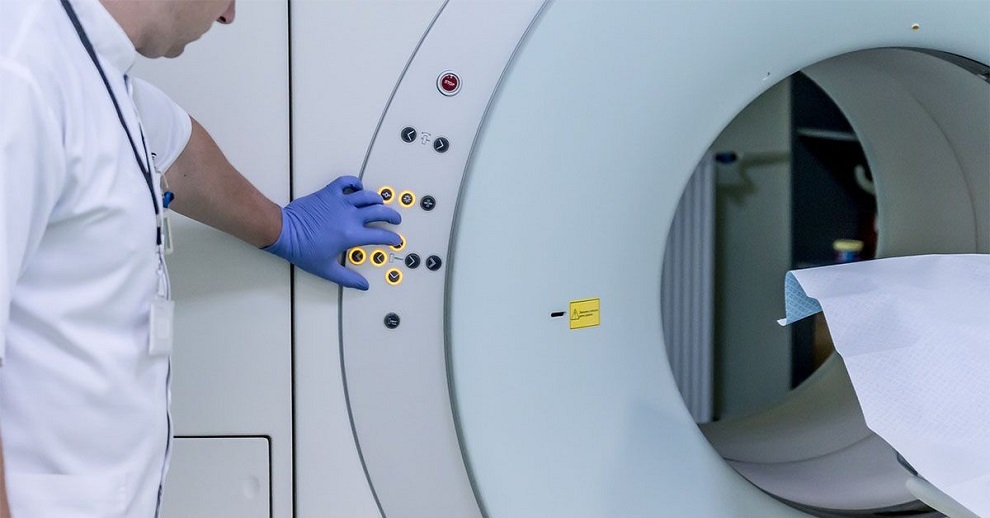New Whole-Body Imaging Technology Makes It Possible to View Inflammation on MRI Scan
Posted on 02 Apr 2024
Macrophages are important immune cells that play a crucial role in both the body's normal inflammatory response and also comprise a significant portion of solid tumors. Given that the density of macrophages within a tumor significantly influences its response to treatments, the capability to measure them noninvasively can offer a significant advantage in determining the most suitable therapeutic approach. Now, researchers are developing and clinically testing imaging technologies that can noninvasively examine and quantify these immune cells present in tumors.
The technology, called TAM-Sense, being tested at the University of California San Diego School of Medicine (La Jolla, CA, USA) works by feeding macrophages tiny drops of a dye that can be detected by magnetic resonance imaging (MRI). The TAM-Sense agent is a fluid composed of very tiny drops of a biologically inert fluorocarbon dye, integrates into the bloodstream upon injection. The macrophages detect and engulf these droplets, then collect at the inflammation sites, making it possible to visualize the dye inside them with a specifically modified MRI scanner. This process is similar to the routine MRI scan experience from a patient's perspective. The phase I clinical trial aims to explore TAM-Sense's effectiveness in individuals with recurrent head and neck tumors, marking its first clinical study.

TAM-Sense's potential extends beyond oncology, offering possible applications across various conditions characterized by significant inflammation, including autoimmune diseases, cardiovascular disorders, and infectious diseases. Given the tendency of macrophages to accumulate at pain sites within the body, this imaging technique promises to enhance the accuracy of pain management strategies by precisely locating these areas. Further, the researchers are planning to modify TAM-Sense for compatibility with positron emission tomography (PET) scanning, facilitating comprehensive body imaging. MRI scores over PET in providing high-resolution images over limited fields of view, while PET is superior in full-body scanning for disease detection. However, the PET approach will need further preclinical testing before it can be used on patients.
“Visualizing a patient’s inflammatory sites throughout the body will be invaluable for accurate clinical diagnosis and for planning precise therapeutic interventions,” said Eric Ahrens, Ph.D., a professor in the Department of Radiology at UC San Diego School of Medicine. “Current approaches using biopsies are invasive, and some tumors are inaccessible to biopsy. There is an urgent need for new, whole-body imaging technologies.”
Related Links:
UC San Diego




 Guided Devices.jpg)









